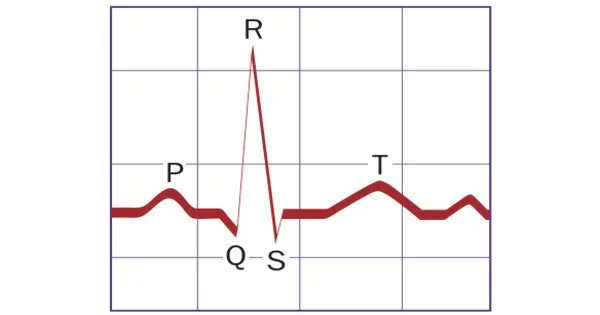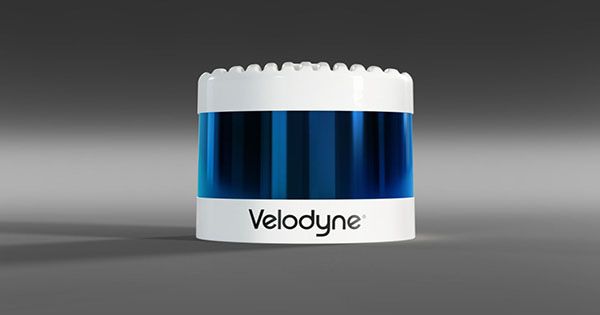In seismology, a P wave (primary wave or pressure wave) is one of two types of elastic body waves known as seismic waves. Because P waves travel faster than other seismic waves, they are the first to arrive at any affected location or seismograph following an earthquake. P waves can travel through gases, liquids, and solids.
The P wave, which appears on an electrocardiogram (ECG), represents the electrical activity of the heart’s atria. The ECG’s first wave appears as a small, upward deflection preceding the QRS complex.
Nomenclature
The P wave is produced by atrioventricular depolarization, which is the process by which the electrical charge of the heart muscle cells changes, causing them to contract and pump blood into the ventricles. The depolarization starts in the sinoatrial (SA) node, the heart’s natural pacemaker, and spreads through the atria, causing them to contract and produce the P wave.
The term P wave can refer to either a pressure wave (because it is formed by alternating compressions and rarefactions) or a primary wave (because it has a high velocity and thus is the first wave recorded by a seismograph). Another seismic wave propagation mode is represented by the name S wave, which stands for secondary or shear wave.
In cardiology, the P wave is a feature of the electrocardiogram (ECG) that represents the depolarization of the atria. It is the first wave in the ECG and represents the electrical activity that causes the contraction of the atria, which precedes the contraction of the ventricles. The P wave is typically a small, rounded upward deflection that occurs before the QRS complex (which represents the depolarization of the ventricles) and has a duration of approximately 80-120 milliseconds.
Application
The P wave is useful for assessing heart electrical activity and diagnosing certain cardiac conditions such as atrial fibrillation. Abnormalities in the P wave can indicate problems with electrical impulse conduction through the heart, which can lead to arrhythmias and other cardiac conditions.
The P wave is an important diagnostic tool in the evaluation of arrhythmias (abnormal heart rhythms) and can provide information about the origin of the arrhythmia. A P wave that is absent or has an abnormal shape, for example, may indicate the presence of an atrioventricular arrhythmia, such as atrial fibrillation. A P wave that is normal in shape but occurs at an abnormal rate, on the other hand, may indicate an arrhythmia that originates in the ventricles, such as ventricular tachycardia.
















